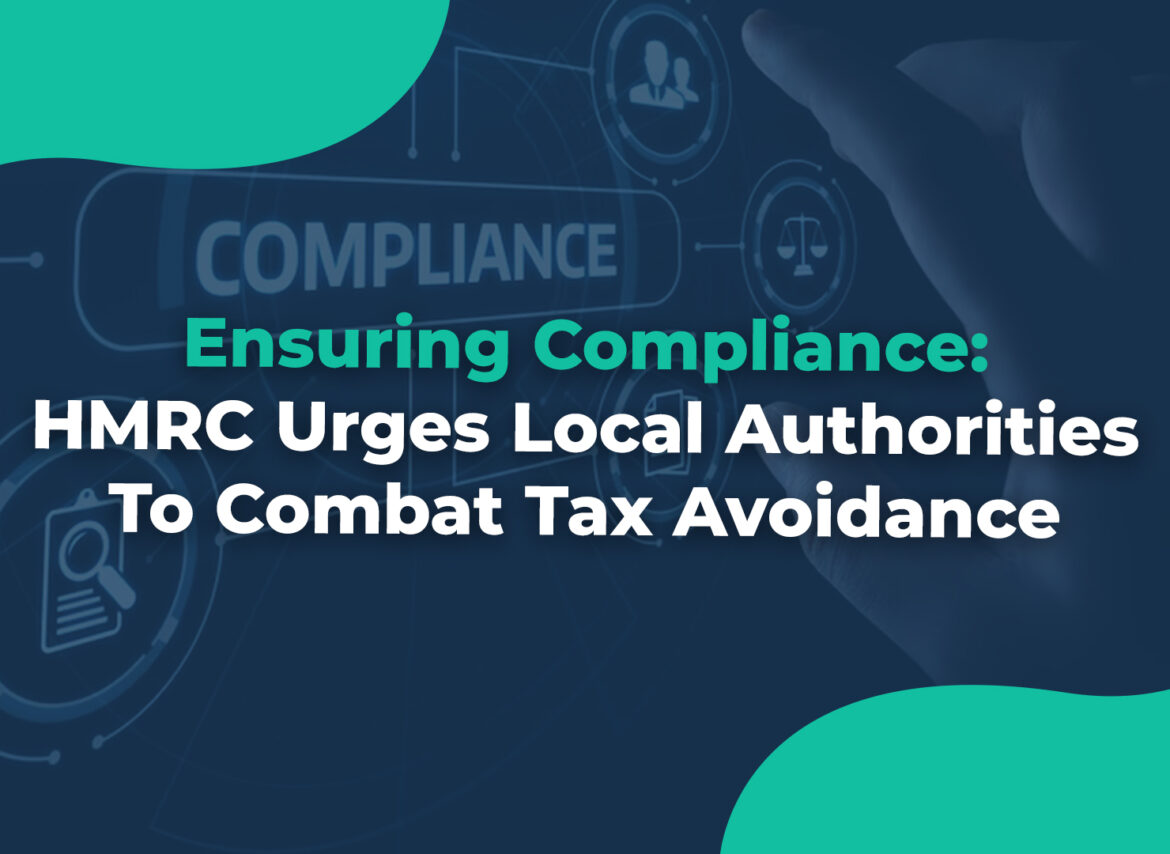What is Tax Avoidance?
Tax avoidance involves manipulating tax laws in ways that were never intended by Parliament to gain an unfair advantage. It often includes artificial transactions that serve little purpose beyond reducing the amount of tax a person owes. These schemes deprive public services of much-needed funds, and most tax avoidance schemes ultimately fail. Workers who use such schemes may end up paying more in the long run than if they had paid their taxes correctly upfront. Tax avoidance schemes can have serious financial consequences, including the requirement to pay additional tax, National Insurance contributions (NICs), interest, and potential penalties. HMRC has made clear that it will challenge any tax avoidance schemes, and individuals using them may find themselves liable for more than just tax underpayments.Common Types of Tax Avoidance Schemes
One of the most notorious tax avoidance schemes is the disguised remuneration scheme, also known as a loan scheme. These schemes have gained media attention, especially when used by agency workers in local authorities.- Loan schemes: These are tax avoidance strategies that convert income into loans or other payments from a third party, which are unlikely to be repaid. Promoters claim that these payments are non-taxable since they are classified as loans, but HMRC clarifies that this is false. Workers who get involved in these schemes often face larger tax liabilities than they would have initially, in addition to paying fees to promoters.
Risks of Using Tax Avoidance Schemes
HMRC is working to make sure workers employed via third parties are aware of the dangers of using disguised remuneration or other tax avoidance schemes. Contractors, freelancers, and agency workers are often targeted by scheme promoters, who mislead them into thinking they can save on taxes. However, the reality is that workers involved in these schemes often end up paying more due to unpaid taxes, NICs, interest, and even penalties. Additionally, HMRC emphasizes that any fees paid to tax avoidance promoters are unlikely to be recoverable. They strongly advise against participating in such schemes, stating, “If something looks too good to be true, then it almost certainly is.”How Local Authorities Can Mitigate the Risk
To protect workers and ensure compliance, local authorities need to take proactive measures to assess the integrity of their labor supply chain. HMRC recommends applying the Supply Chain Due Diligence Principles of Check, Act, and Review (CAR) to minimize risks and maintain accountability:- CHECK – Assess risks and obligations for your own organization and your suppliers. This includes looking beyond immediate suppliers to explore further down the supply chain, where fraud and tax avoidance may occur.
- ACT – Conduct thorough due diligence on your suppliers. If risks are identified, don’t ignore them—take immediate action to reduce or eliminate the risks.
- REVIEW – Continuous monitoring and review are critical. Regularly reassessing risks helps local authorities stay ahead of emerging issues that could lead to financial loss or reputational damage.
What You Should Do
Local authorities and any organisation working with third-party contractors, agencies, or umbrella companies should take these steps to ensure compliance with tax laws:- Conduct due diligence checks on the entire supply chain, not just immediate contractors.
- Verify that all workers are paying the correct amount of tax and NICs.
- Use HMRC’s guidance, such as the GOV.UK Spotlight publications, to identify and avoid tax avoidance schemes.
- Act swiftly to address any risks identified and review supply chain relationships regularly.






